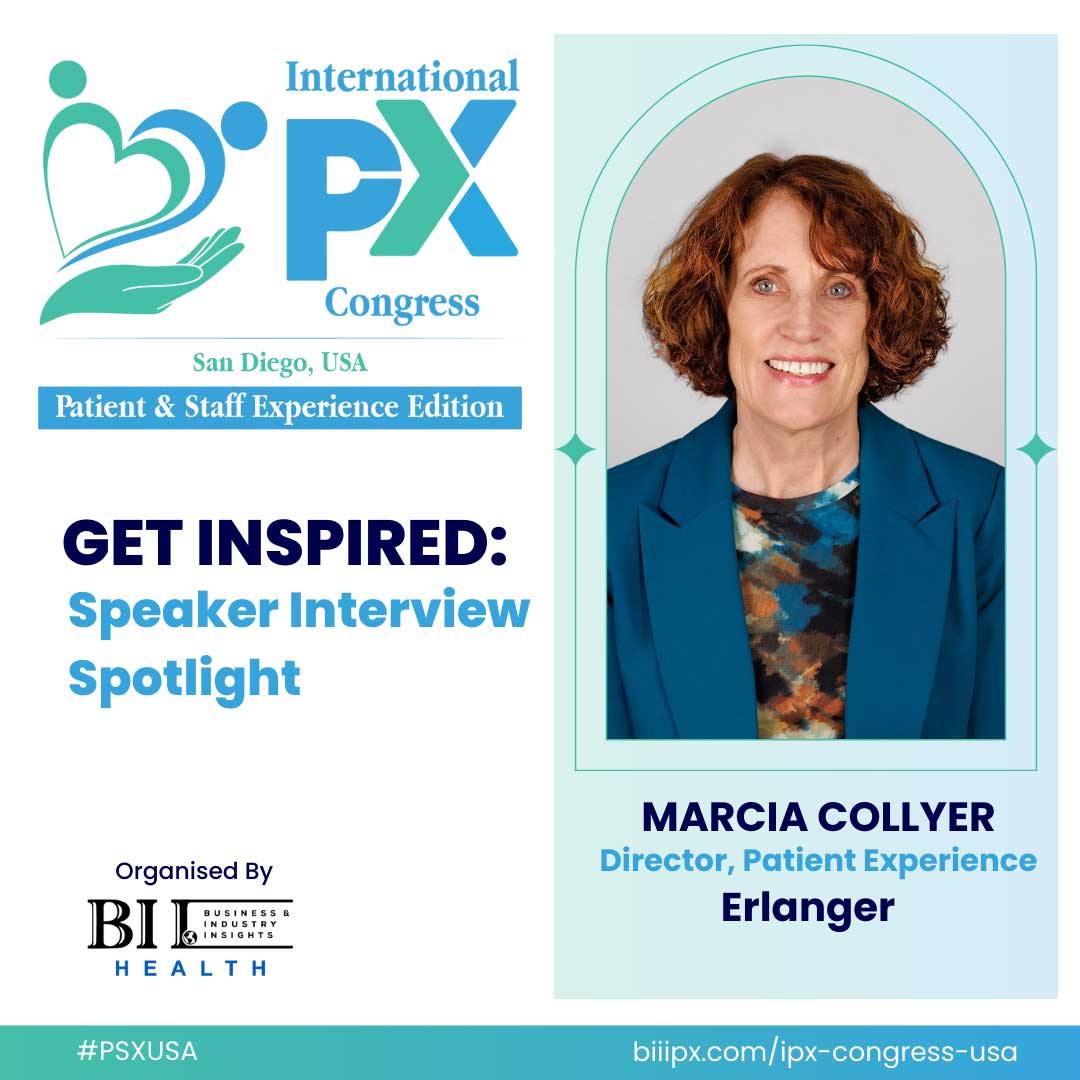1. Can you share a brief overview of your role and how it connects to patient and staff experience in healthcare?
As the Director of Patient Experience, I work closely with dept. leaders in monitoring their patient satisfaction and coaching / shadowing leaders while they ensure their staff are implementing best practices such as bedside shift report, frequent rounding, MD RN rounds and nurse leader visits. Leaders present their action plans on a routine basis which also include actions they are taking to influence employee engagement. Staff communication and interactions with patients is the key driver of patient satisfaction. In my role, I have personally taught over 1500 caregivers a 2-hour Patient Experience in-person class which focuses on communication, listening, empathy and service recovery.
2. In your opinion, what are the biggest challenges and opportunities in enhancing human experiences in healthcare today?
There is an increasing demand for healthcare with our aging population and a lower supply of healthcare workers. This has caused added stress to our systems with longer wait times, difficulty with access and now greater threats to reimbursement. Patients have higher amounts of stress and are also sicker. Hospitals have many very young nurses who are still learning and it can be a difficult environment
3. How do you see technology, such as AI and digital health solutions, shaping the future of patient and staff experiences?
As a Baby Boomer, I have spent most of my life without technology at my fingertips, therefore I am more inclined to state that AI and digital solutions will never be able to take the place of the human connection and interaction that patients want and often need most.
4. With the shift toward healthcare consumerism, how can healthcare organizations balance operational efficiency with delivering personalized, compassionate care?
Healthcare organizations must highlight and demonstrate to consumers what they are doing related to values such as caring, compassion, courtesy, respect, etc. Consumers want to go somewhere where they know they will be treated with kindness and respect. If caregivers do not actively demonstrate these values, it does not matter how efficient operations are.
5. What innovative strategies or best practices have you implemented (or observed) that significantly improved patient or staff engagement and well-being?
Organizations must first create and imbed Standards of Behavior in their organizations. It takes a lot of work and focus to infuse these across an organization and create recognition activities that highlight and reward staff who are living these each day. When new employees are hired, they know clearly what the expectations are. For leaders, they guide and support what they do to hold staff accountable. This is the basis in creating a culture of excellence which will then result in a positive patient experience.
Secondly and just as important is leadership development. Often times in healthcare, we promote someone who has been a ‘good nurse’, but they have no idea what it means to lead and manage people. Leaders today must be flexible and understand how to engage different personalities and generations. First, they have to understand their own strengths and weaknesses. The #1 driver a creating a great organizational culture where employees are happy is having great leaders.
6. What key takeaways or actionable insights do you hope attendees will gain from your session at the International PX Congress?
Key takeaways and actionable insights include:
1) understanding how crucial communication (listening, empathy) and personal connection is in the patient experience.
2) How to implement best practices that ensure a patient understands and is included in their own health outcomes.


